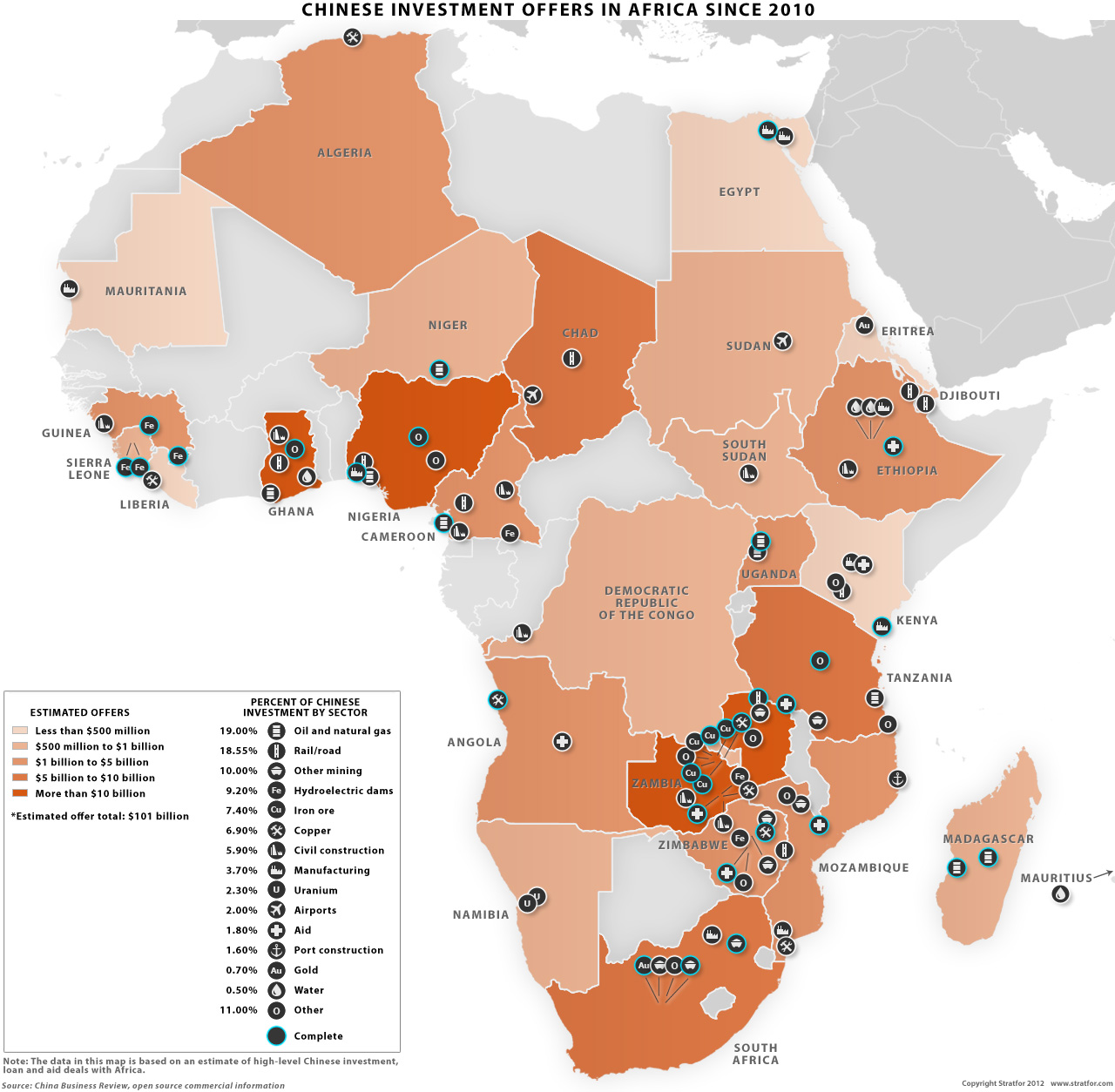The Chinese Auto Industry in 2012: Joint ventures, locations, sales & export figures.

The Chinese auto market has already undergone a staggering transformation; just a few decades ago Chinese domestic automobile manufacturers held an almost negligible market share, but now China is the largest automobile producer in the world. This success has been achieved by focusing on selling low-end cars to first time buyers, a strategy which worked in the past as more and more of the Chinese population graduated to the middle class. However, after explosive expansion, growth started to slow in 2011 and this trend continued throughout 2012.
The infographic below illustrates the state of the automobile industry in China in 2012. Click on the company logo to view its joint ventures, manufacturing locations, sales and export figures.
Historically, China has hoped to partially de-fang foreign competition by establishing joint ventures. These were especially significant in the 1990s as they allowed Chinese companies to garner technology and trade secrets from European and American automobile companies. Although co-opting foreign car manufacturers has been successful, it means that exclusively domestically manufactured cars are now struggling to establish themselves in an increasingly crowded market. Sales in Chinese-brand passenger vehicles may have increased by 6.5% in 2012, but domestic automakers still only own 41.39% of the market.
As Chinese consumers get richer, their thoughts turn to concerns such as safety, reliability and customer aftercare, qualities which many Chinese-made automobiles have traditionally lacked. Neither is the domestic forecast particularly heartening; the compound average rate of growth in the automobile market between 2005 and 2011 was 24%,but year-on-year auto sales in 2012 only grew by 4.3%, which is significantly less than the forecasted 8%.
The shrinking and possible oversaturation of the market combined with foreign competition has forced Chinese auto manufacturers this year to look overseas in an attempt to revive flagging sales. Exports have been increasing by 46.3% year-on-year since 2001, with auto companies applying their domestic strategy abroad by selling cheap cars to first time buyers in developing countries. Algeria was the top export market in 2012, with Iraq, Iran, Russia and Chile following closely behind. Despite the short-term success of this business strategy, it is highly likely that consumers in these emerging markets will eventually follow their Chinese counterparts in requiring safer and better quality cars.
In response to this, Chinese automobile manufacturers have been making conspicuous efforts to bring export cars up to international standards in an attempt to increase trust and remove the stigma traditionally attached to the ‘made-in-China’ label. Some companies, such as Great Wall Auto, have even focused on exporting mid to high-range cars in an effort to build their reputation.
Several high-profile cases may have thwarted this strategy; in August, 2012, asbestos found in Chery and Great Wall brand automobiles exported to Australia resulted in blanket recalls. Furthermore, a recent China-Brain survey found that the majority of respondents would not buy a Chery, Geely, BYD or Great-Wall manufactured car. As China’s automobile companies face the future following the mixed success of 2012, they should look towards increasing brand trust and quality, rather than continuing to manufacture cheap, mediocre vehicles.

.gif)






.png)




